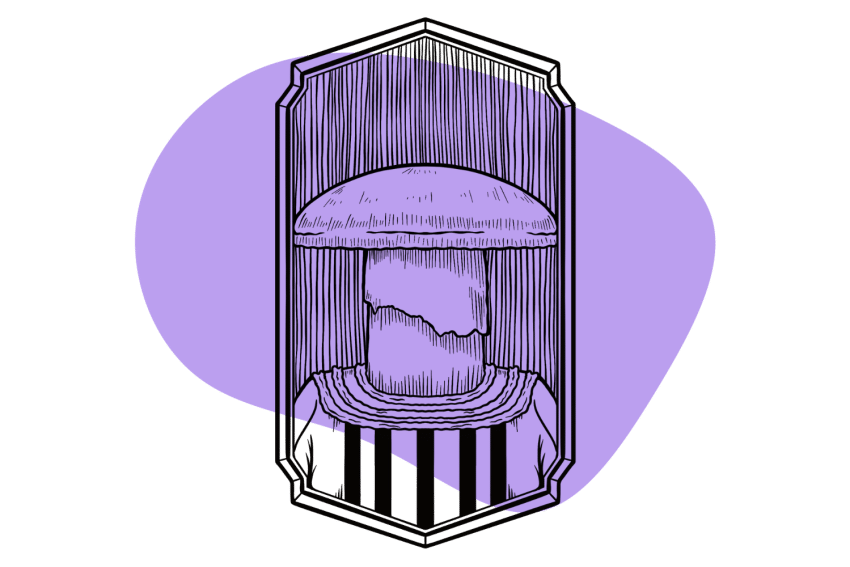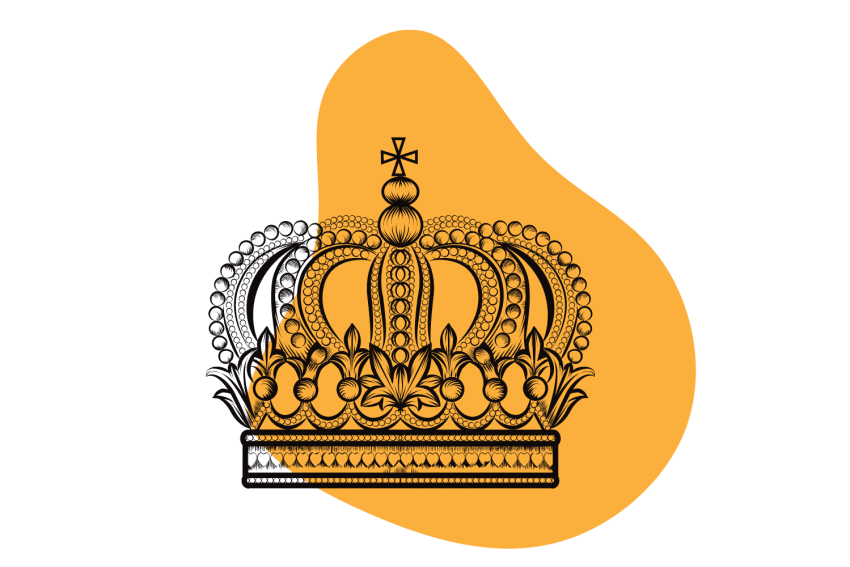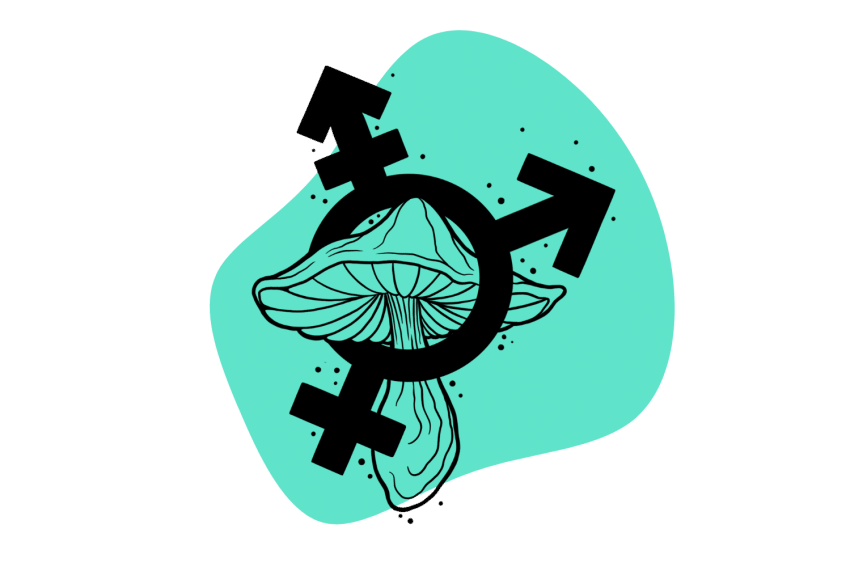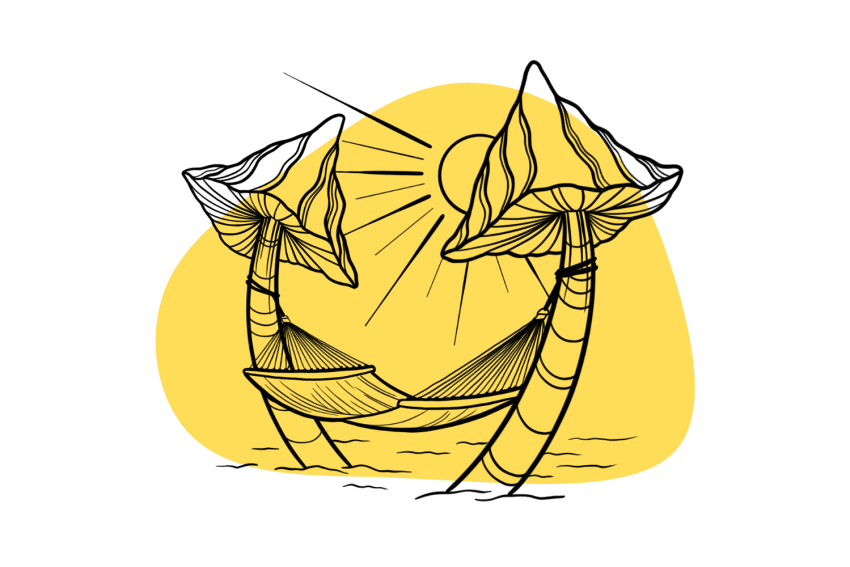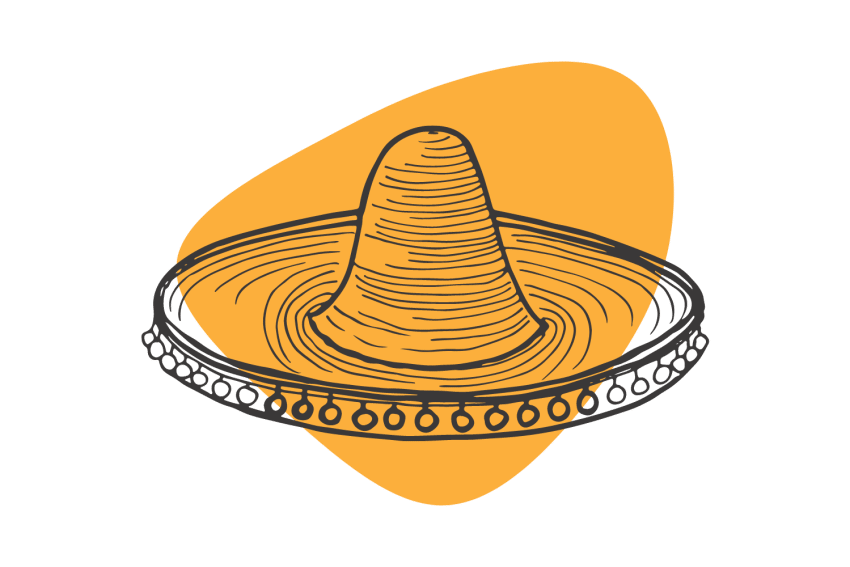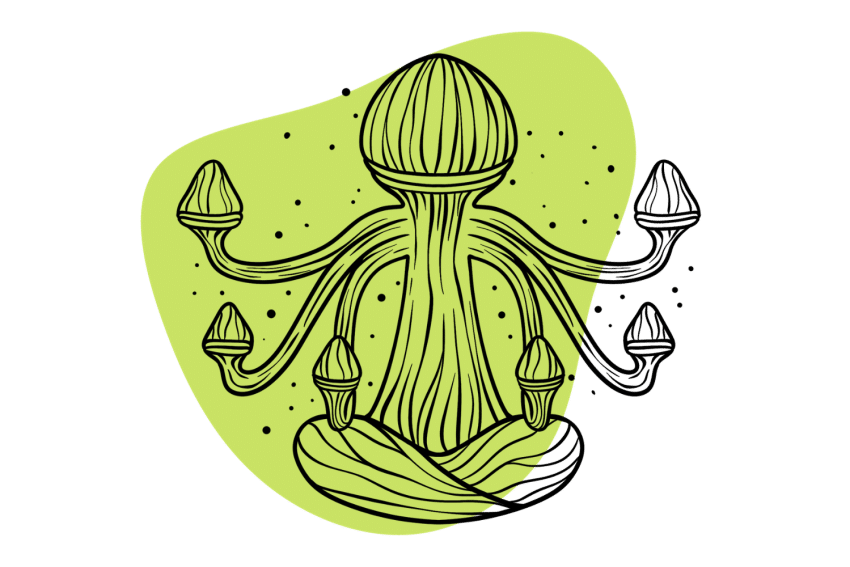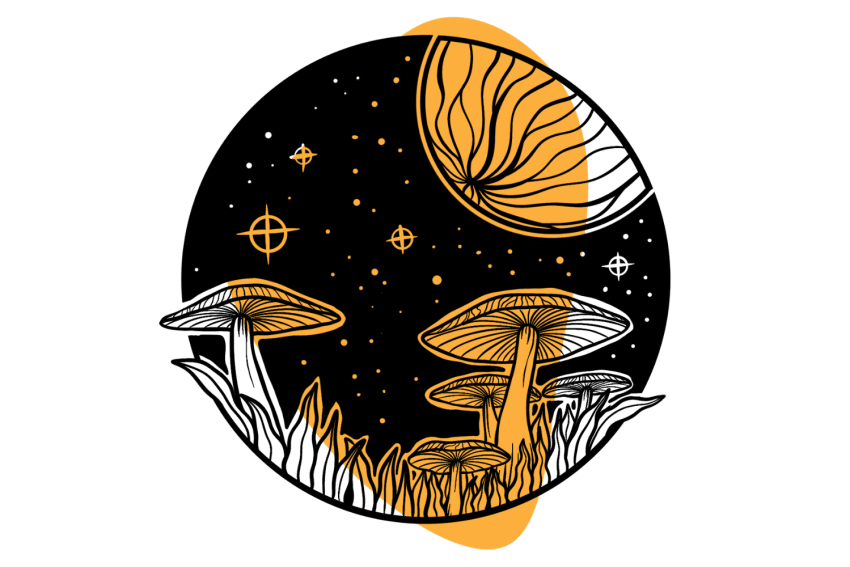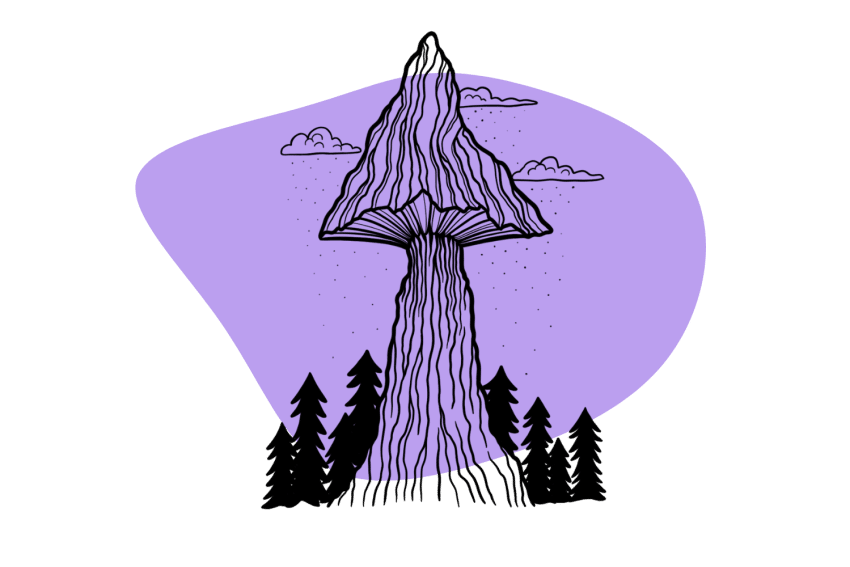Lipa Yai (Thai): An Underrated Strain From Koh Samui
If you’re looking for a well-rounded Psilocybe, don’t sleep on the Lipa Yai strain.
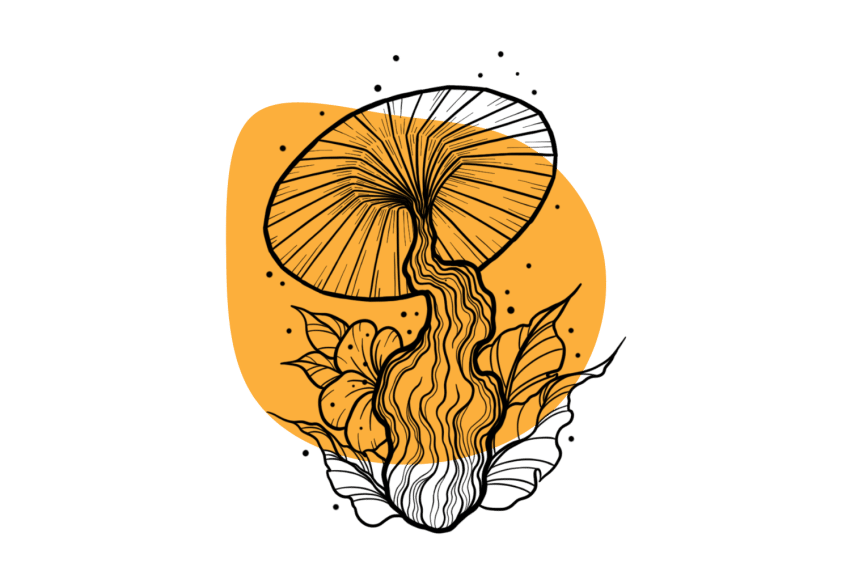
Lipa Yai is a Thai strain of the Psilocybe cubensis species. This popular magic mushroom is a close relative of the famous Koh Samui shroom and was collected around the same area. Today, the Koh Samui strain is significantly more popular (for reasons unknown).
More specifically, Lipa Yai was discovered in a small town called Lipa Yai sometime in the early 1990s. It was discovered by the legendary Mushroom John Allen — a man responsible for collecting dozens of popular strains still in circulation today on his infamous trip through Southeast Asia.
Unsurprisingly, Lipa Yai is very similar to the Koh Samui strain — but with a few key differences.
For example, the Koh Samui strain is famous for producing “fatasses” (short stumpy shrooms), whereas the Lipa Yai strain has a higher affinity for producing tall slim fruiting bodies. Although slimmer, Lipa Yai shrooms aren’t small. They’re medium to large with big saucer-like caps that are light to dark brown.
This shroom is said to have average potency, but there are many conflicting reports about this. Some say it’s average, and others say it’s just as potent as Koh Samui. Unfortunately, until more analytical data is published, we won’t know the true psilocybin content of this shroom.
Lipa Yai Specs
| Potency | Average 🍄 |
| Cultivation | Easy |
| Species | Psilocybe cubensis |
| Substrate Recommendation | Rye Grain |
| Cost | $ |
| Sold By | Spores 101, Ralphsters, The Magic Mushrooms Shop |
History of the Lipa Yai Strain
The Lipa Yai strain was collected by the infamous enthomycologist John Allen in the 1990s when he was touring South East Asia in search of magic mushrooms. He collected Lipa Yai along with several other samples from this part of the world, including Hanoi, Vietnam, and Cambodian mushroom strains.
The first Lipa Yai sample was found growing in a dense colony just outside the town by the same name.
Lipa Yai and a few other Thai strains of Psilocybe cubensis, have been used spiritually and recreationally in Thailand for centuries. These mushrooms are still consumed more or less out in the open by the people of Thailand, especially in the Southern island regions of the country.
Although technically illegal, you can find people consuming Lipa Yai, and Koh Samui shrooms all over Thailand (not only on Koh Phangan’s beach during the famous annual Full Moon Party). Thousands of people turn up to the party and consume these shrooms under the moonlit sky.
Lipa Yai Potency & Psilocybin Content
Lipa Yai has average potency. Compared to its closest relative, Koh Samui, it’s virtually identical. Analysis of both shrooms suggest Lipa Yai is slightly stronger, but due to variability between samples it’s likely both mushrooms are indistinguishable.
So far, testing on Lipa Yai suggests an average potency of 0.66% psilocybin, 0.05% psilocin, and 0.75% total tryptamines (psilocybin + psilocin + baeocystin + other related compounds).
Although Lipa Yai is considered average in terms of psilocybin levels, it’s still a strong psychedelic mushroom. Some prefer “lighter” shrooms as it gives you far more control over your dosage. It’s easier to divide a weaker shroom into microdoses or light doses than it is to divide super potent cubes.
There are conflicting reports on this mushroom’s potency, however…
Some people report that this shroom is relatively mediocre in terms of effects; others say that it’s surprisingly potent for a strain in its class. The varied reports could come down to the way the mushrooms were grown. The growing conditions of a particular mushroom are the biggest factor determining potency.
If Lipa Yai is grown in an unoptimized environment, the resulting fruiting bodies may have low psilocybin levels. However, if grown in a sterile and temperature-controlled environment, the resulting shrooms may be highly potent. Unfortunately, the potency of this shroom is something that the individual may have to decide for themselves, at least for now.
The Lipa Yai shroom is said to be spiritual and inward. From our reports, this shroom could be a good option for personal work. A strong body high, light open-eye visuals, and strong audible and closed-eye hallucinations are consistent in trip reports.
Where to Buy Lipa Yai Spores
Although Lipa Yai isn’t as popular as its chunky relative, spore samples are widespread and almost as common. You’ll find Lipa Yai spore samples available from many reliable online vendors in the United States, Canada, and Europe.
For those in the United States, Ralphsters Spores is the best vendor to source Lip Yai spores from. Ralphsters has been around for decades and is among the best and most reliable spore vendors out there.
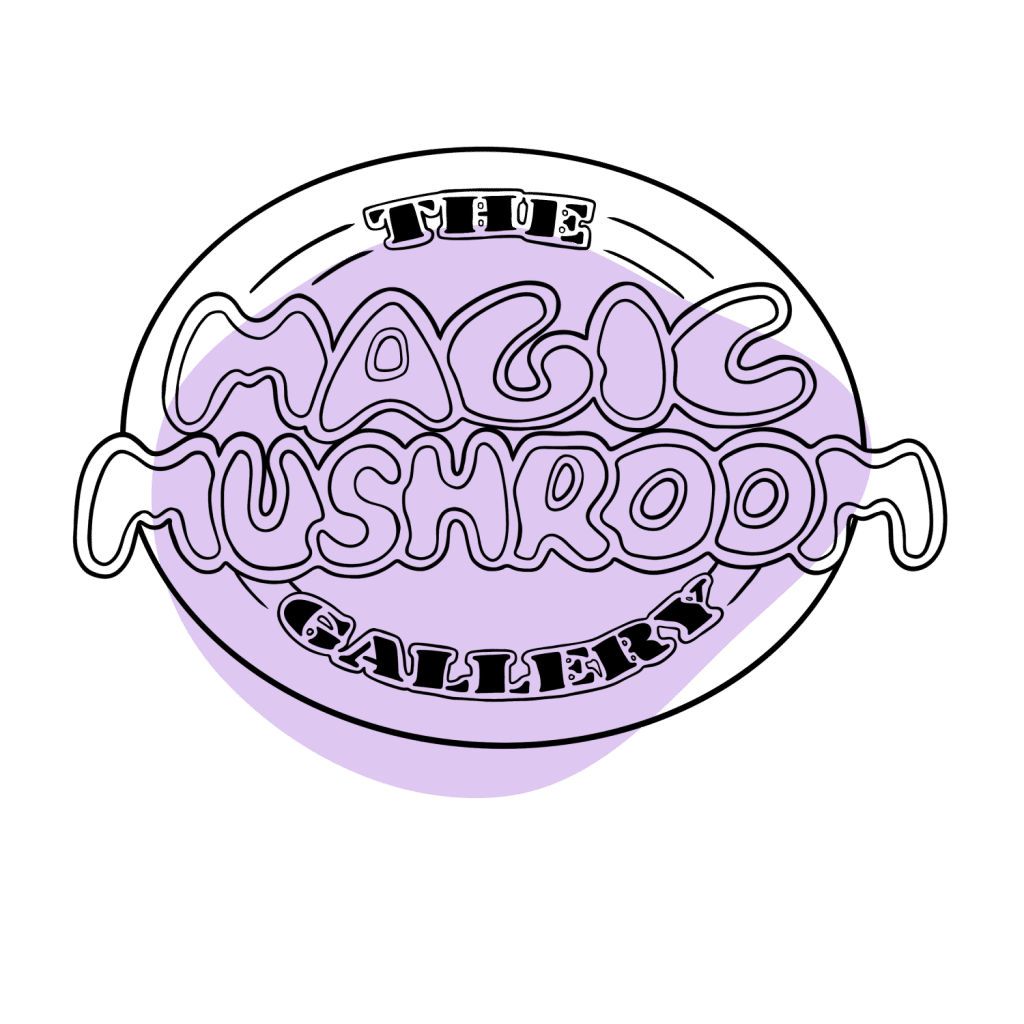
People of Canada, the best place for you to look for Lipa Yai spores is Spores 101. This is also an extremely reliable vendor that’s been around for quite some time.
Finally, for the people of Europe, the best place for you to source Lipa Yai genetics is The Magic Mushrooms Shop. The Magic Mushrooms Shop is a reliable vendor that’s been distributing magic mushroom spores across Europe (including the UK) for a long time. They have great ratings and offer fast and discreet shipping.
How to Grow Lipa Yai Mushrooms
Magic mushrooms are surprisingly easy to grow. With a few basic pieces of equipment and a bit of time reading through our “how to grow magic mushrooms” guide, you’ll be well on your way to your first harvest.
Lipa Yai is a fantastic strain for beginner growers. It can cope with unoptimized growing environments and is highly resistant to contamination. This means if you make a small first-time amateur mistake, you should still end up with some shrooms for your efforts.
Some cultivators of the Lipa Yai strain have mentioned that it can be prone to aborts in the first flush. However, this isn’t said to be much of an issue, provided you can get through the first flush. The following flushes are said to be prolific, producing dense clusters of medium to large shrooms with skinny stems but large caps.
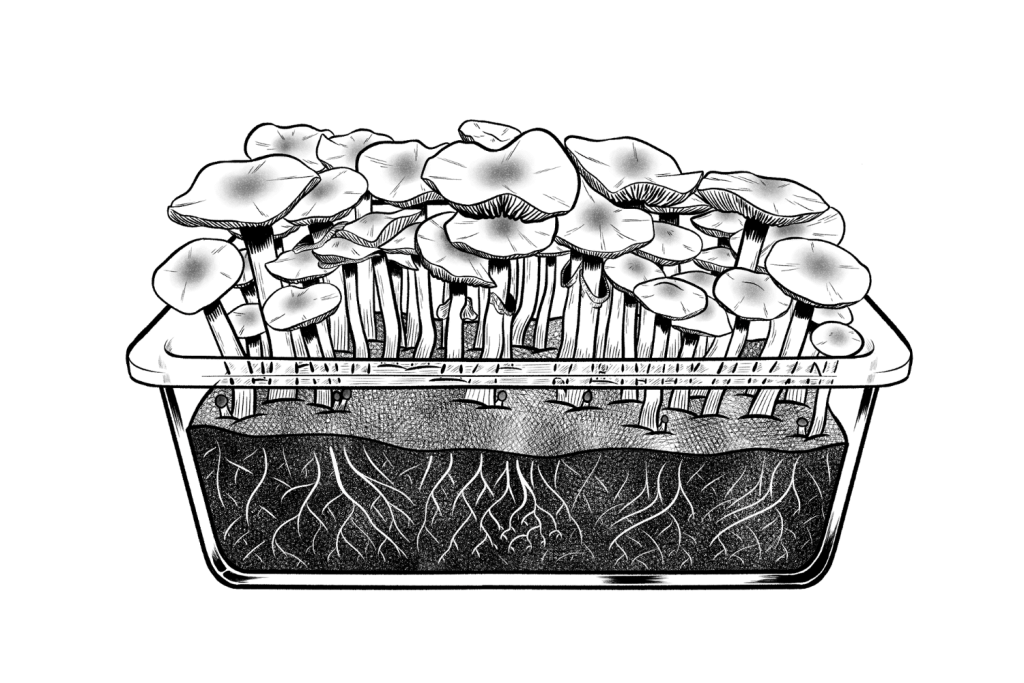
The best substrate for Lipa Yai is Rye Grain, but as with most South East Asian strains, it’s not particularly fussy when it comes to growing mediums.
Although Lipa Yai is highly contamination-resistant and can thrive in an unoptimized environment, if you’re looking for the best results and most potent shrooms, there are a few things to consider.
You should aim to keep the temperature during the incubation phase between 20 and 28 degrees Celsius (68 and 82 degrees Fahrenheit). During the fruiting phase, the chamber should be kept between 12 and 22 degrees Celsius (54 to 72 degrees Fahrenheit), and the humidity should be above 80%.
Other Easy-to-Grow Magic Mushroom Strains
Lipa Yai is a fantastic strain for beginner growers because of its resilient nature. It’s not the only strain choice if you’re looking into cultivating your first mushies, though.
If you’re a beginner looking for your first Psilocybe cubensis strain to cultivate, here are a few to look into:
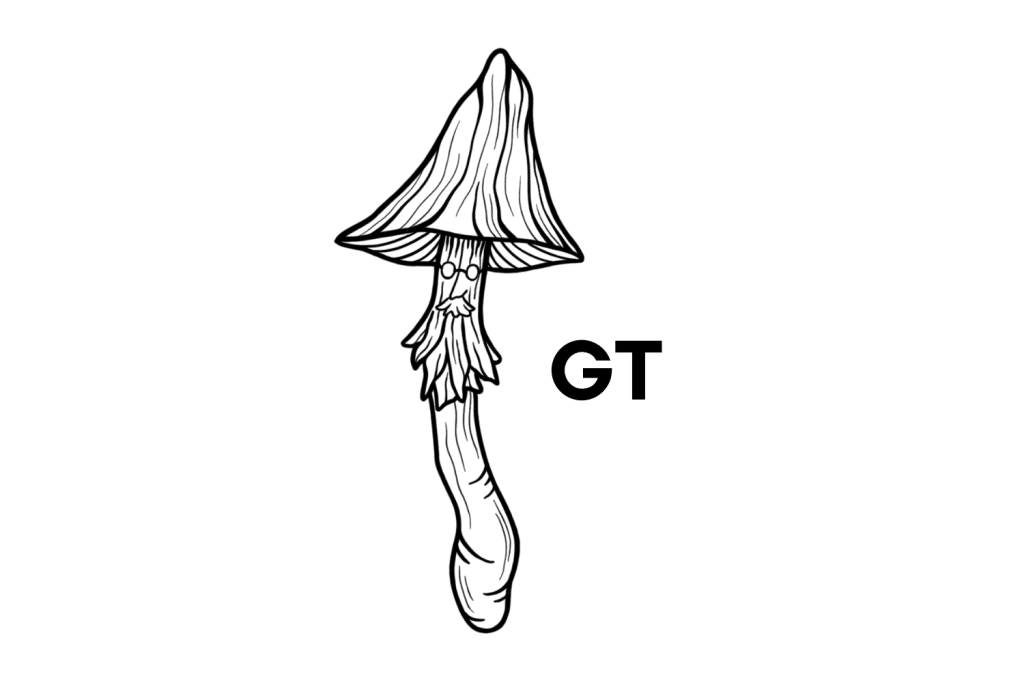
Golden Teachers (GT)
Golden Teachers are one of the most popular and famous Psilocybe cubensis strains currently on the market. This well-rounded strain is popular among beginners for its ability to grow in unoptimized conditions.
This strain has been on the market since the 1980s, and its spores are widespread — being available from almost every mainstream spore vendor across the globe. It grows quickly, produces dense flushes, and has above-average potency.
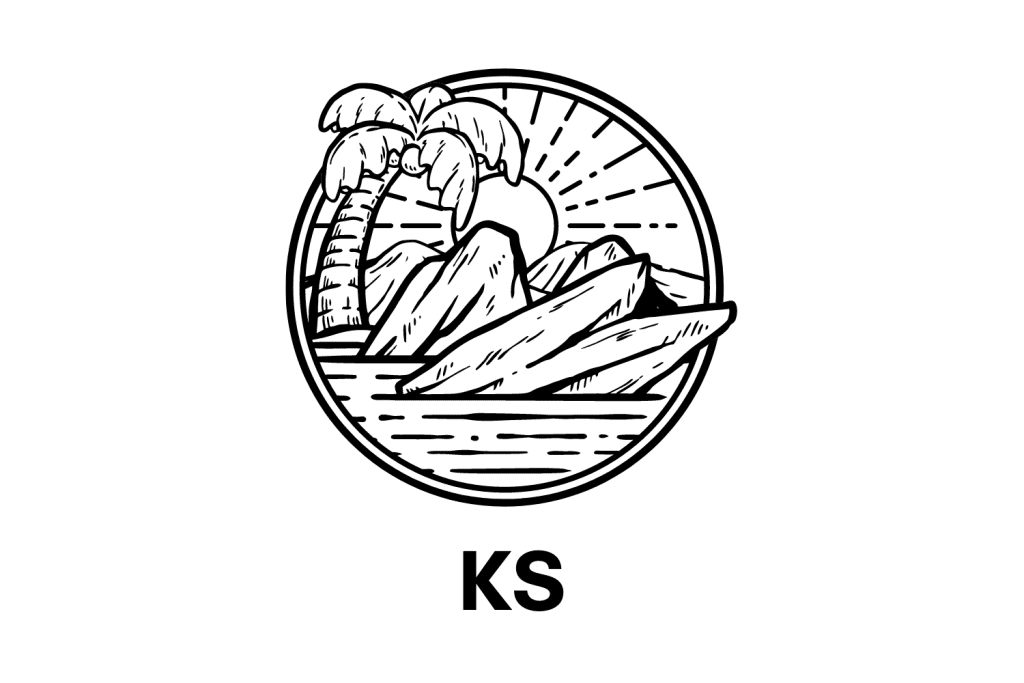
Koh Samui (KS)
Koh Samui is an excellent beginner strain. A close relative to Lipa Yai, with the main difference being the size and shape of the mushrooms, this is a great choice for first-time cultivators.
Koh Samui produces short-fat mushrooms of above-average potency. Thanks to its contamination resistance, several dense and healthy flushes are possible before the colony succumbs to mold.
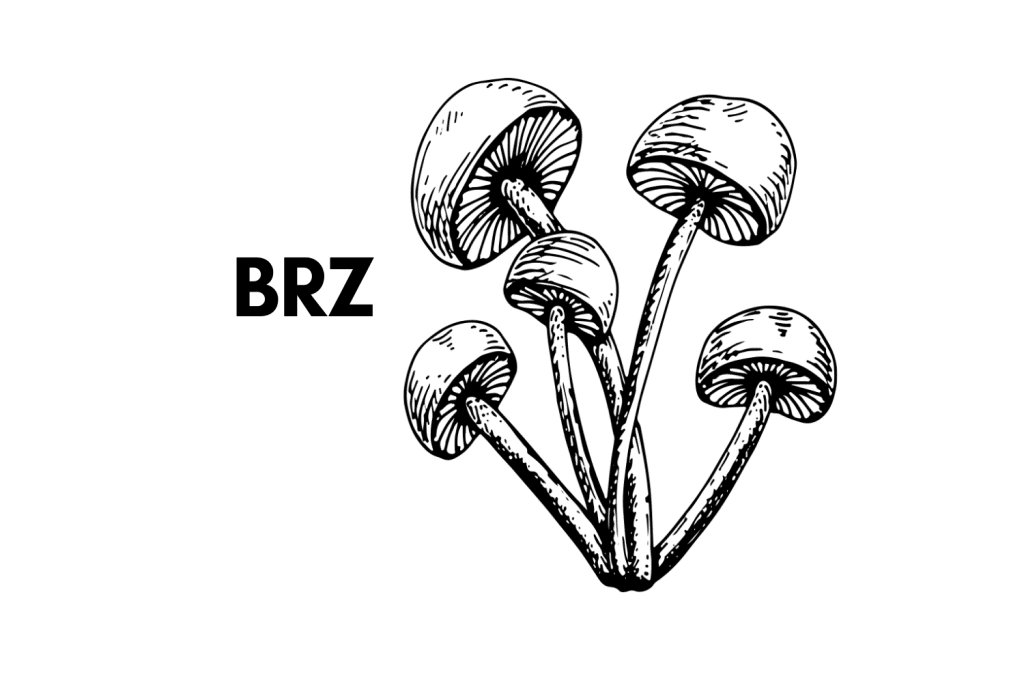
Brazilian (BRZ)
The Brazilian strain is famous for its incredibly large fruiting bodies. In the wild, the mushrooms can grow larger than 18 inches. However, when cultivated, they are often much smaller.
The Brazilian strain is known for its resistance to contamination, aggressive colonization, and fast fruiting speeds. These traits make it an excellent choice for the beginner cultivator looking for genetics that are a little different from the norm.
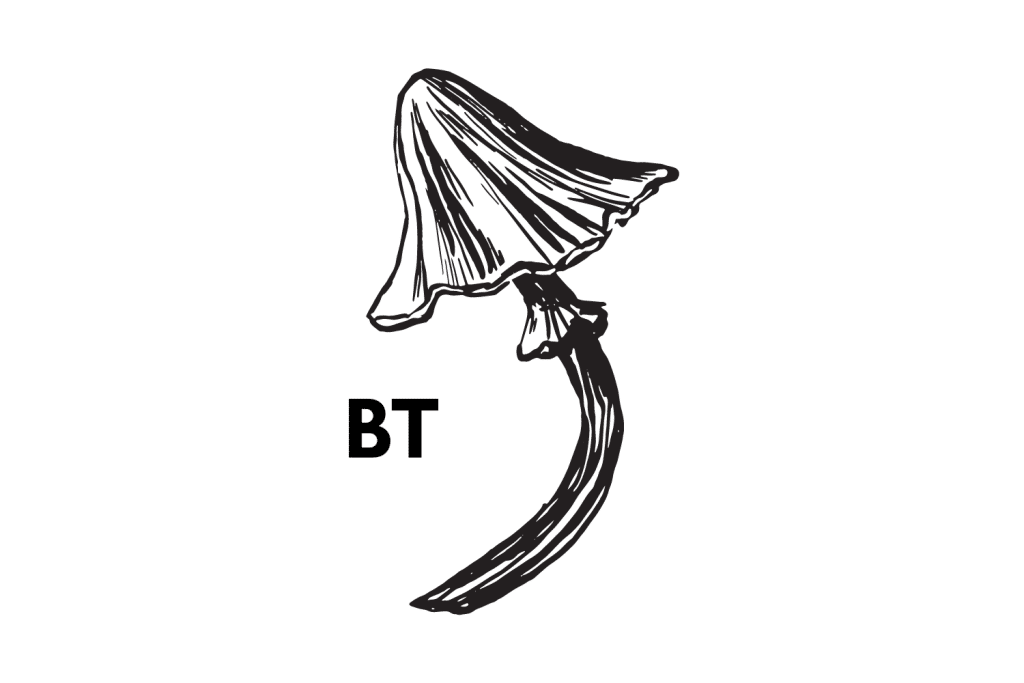
Ban Thurian (BT)
Ban Thurian is another Thai strain that was introduced to the west by John Allen. This is a well-rounded strain with excellent contamination resistance, good colonization times, decent mushroom sizes, and average potency.
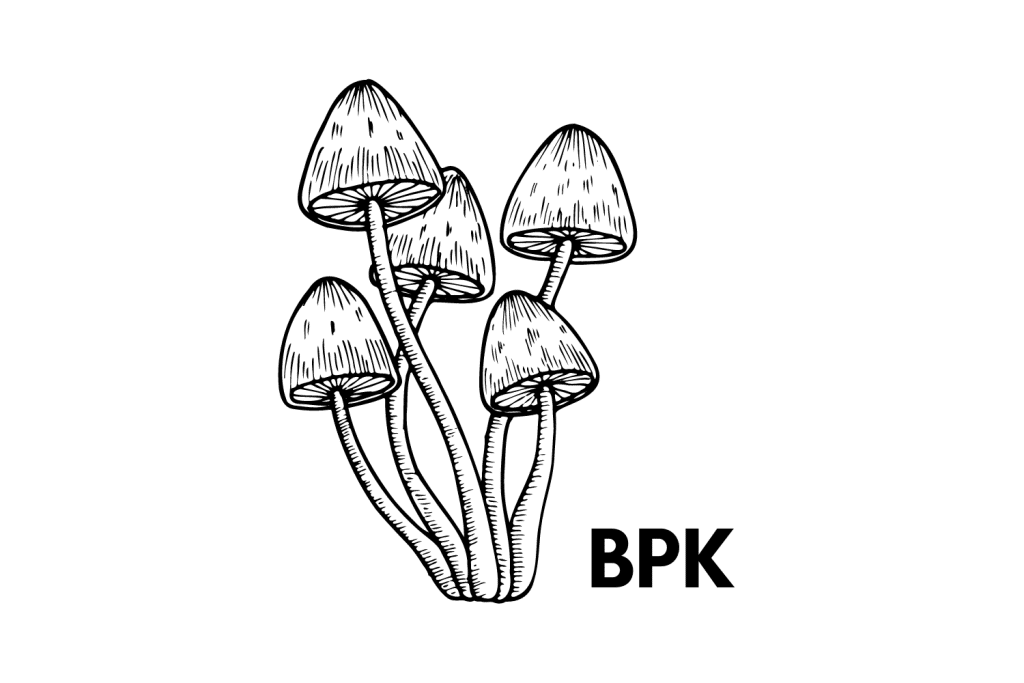
Ban Phang Ka (BPK)
Yet another shroom collected by ethnomycologist John Allen during his travels through South East Asia, Ban Phang Ka is a large strain of Psilocybe cubensis with above-average potency.
Spores for Ban Phang Ka are a little harder to come by, and not as much is known about the strain compared to the others collected by “Mushroom” John Allen.
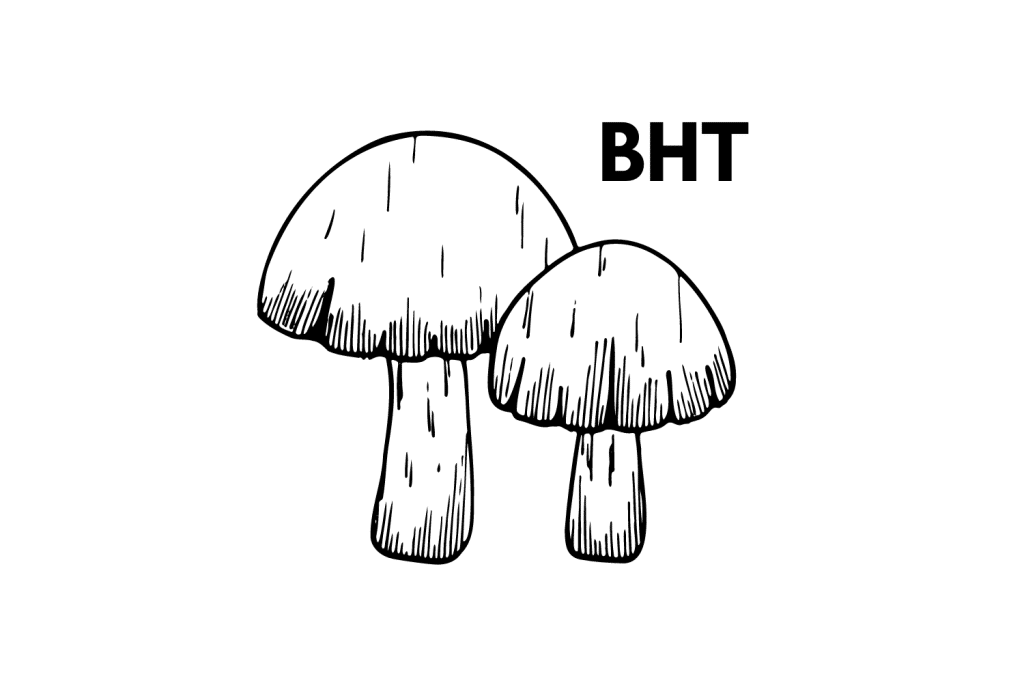
Ban Hua Thanon (BHT)
Also collected by John Allen, Ban Hua Thanon is a well-rounded Thai strain that’s easy to cultivate. This strain closely resembles Ban Thurian and was discovered in the same area.
It has great contamination resistance and is incredibly tolerant to higher temperatures. In fact, many cultivators have seen better results when the temperature of the fruiting chamber is slightly higher than it should be for other typical cubensis strains.
Strains vs. Species: What’s The Difference?
A strain is a genetic variant of a species. Several species have different strains which display different genetic traits. Two strains can be of the same species but differ drastically in appearance, genetic make up, and chemical qualities.
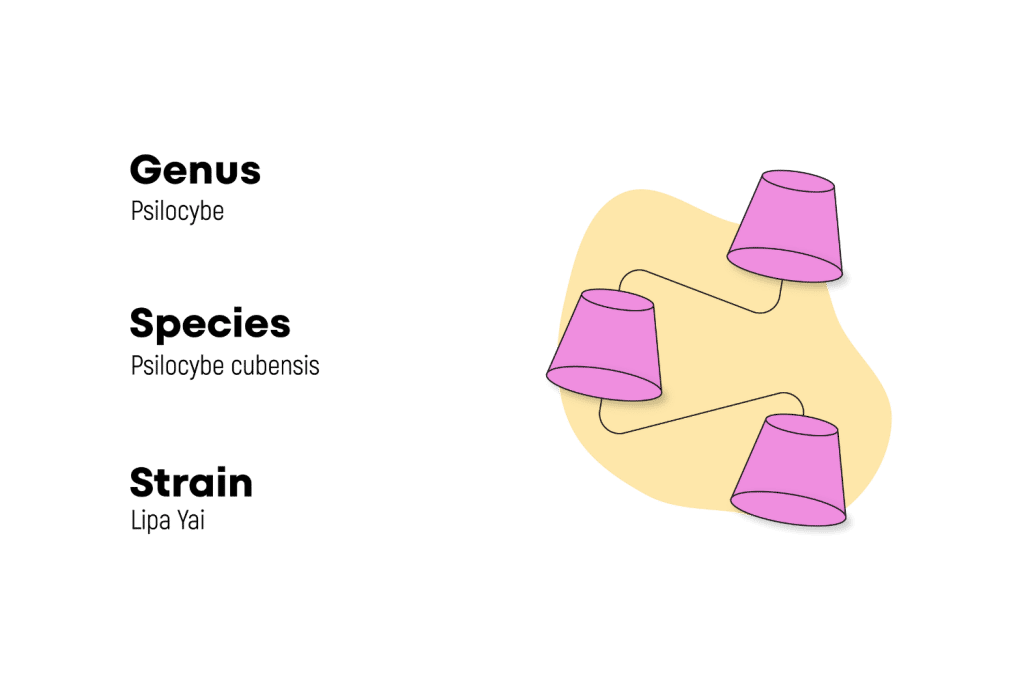
There are several different psychedelic mushroom species, one of which is Psilocybe cubensis. Within this species alone, there exist hundreds of different strains. All Psilocybe cubensis strains are genetically related and can reproduce viable offspring together. However, each strain features unique phenotypical differences that warrant placing them into subcategories.
Strains from hundreds of different species are present in our everyday life. They’re especially common in plants or fungi with close association with humans. For example, there are many different strains of tomato, but all of them are considered the same species — Solanum lycopersicum.
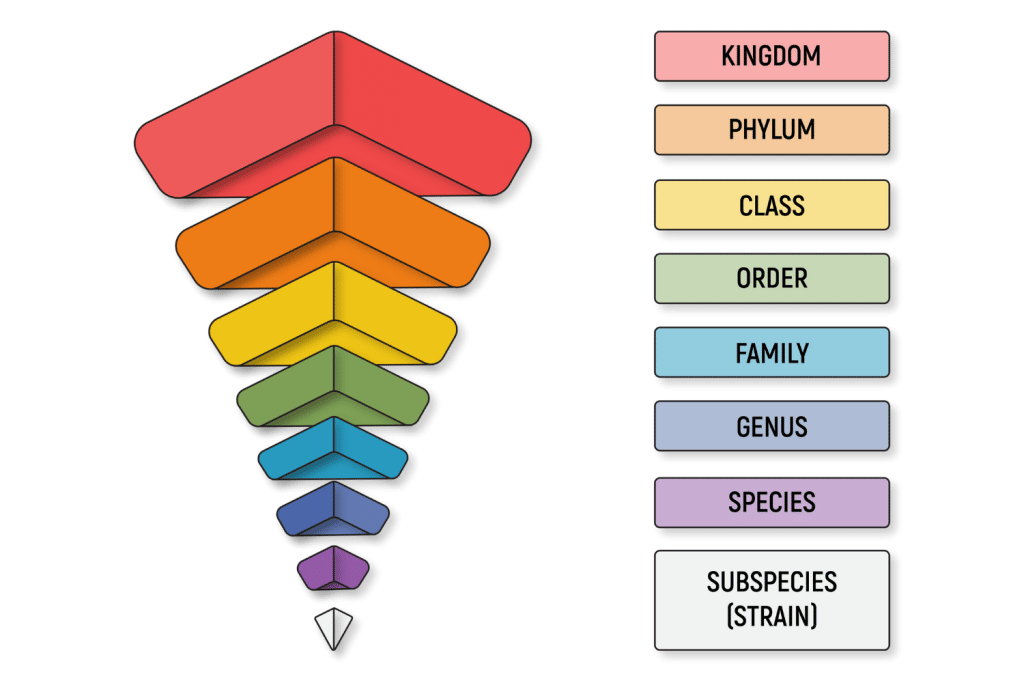
Marijuana is the same — despite thousands of different strains, all marijuana comes from the same plant — Cannabis sativa. Kratom, kava, tea, coffee, and basically all other plants and fungi are also available in an abundance of unique strains.
The biological world is full of wonders. There are over 8.7 million known species on the planet, and each of them is divided up into millions of different genetic variants.

